I did think whether I should post this as the answer as it doesn't directly answer the question.
This being said, I think you're going about this the wrong way. A DELETE request obviously passes a delete request to an endpoint. As such it doesn't need the whole object.
Think what you need to delete something, all you need is the unique identifier of the resource you want to delete. I guess Swagger is trying to point you in the right direction.
Even if you pass the whole object, in the end you'll only extract the ID from your entire DTO, which makes it pointless to transfer potentially a lot of data over the wire for literally nothing.
So, change your endpoint, only have the id as a parameter and Swagger won't be confused any more.
